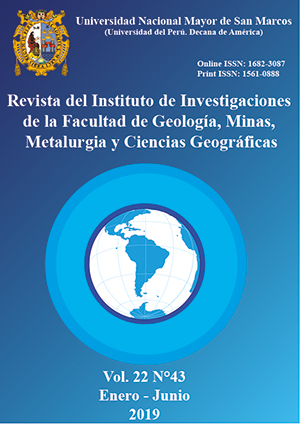Environmental Sustainability Analysis based on a Physical Model
DOI:
https://doi.org/10.15381/iigeo.v22i43.16700Keywords:
sustainability of environmental indicators, the system components environmental, the sustainability simulation resultsAbstract
The research analyzes the sustainability of environmental indicators, which is essential in the proposals for sustainable development models. In similarity to the ideal physical model of the harmonic movement of masses for its application in a sustainability concept, the Adapted Holzer Method is used to conceptualize the Sustainable Harmonic Movement (MAS) in its economic, social, environmental and institutional dimensions of the system components environmental. The main characteristics, advantages and disadvantages of MAS are exposed. Likewise, the requirements and the analysis of graphics are established for the acceptance of simulations of the models. Finally, the sustainability simulation results applied to a group of environmental indicators are presented. The application verifies that the analysis of sustainability components using the physical model facilitates decision-making to opt for an optimal model of indicator values.
Downloads
Published
Issue
Section
License
Copyright (c) 2019 Mario A. Gonzales Torres

This work is licensed under a Creative Commons Attribution-NonCommercial-ShareAlike 4.0 International License.
AUTHORS RETAIN THEIR RIGHTS:
a. Authors retain their trade mark rights and patent, and also on any process or procedure described in the article.
b. Authors retain their right to share, copy, distribute, perform and publicly communicate their article (eg, to place their article in an institutional repository or publish it in a book), with an acknowledgment of its initial publication in the Rev. Inst. investig. Fac. minas metal cienc. geogr.
c. Authors retain theirs right to make a subsequent publication of their work, to use the article or any part thereof (eg a compilation of his papers, lecture notes, thesis, or a book), always indicating the source of publication (the originator of the work, journal, volume, number and date).























